Home>Gardening & Outdoor>Landscaping Ideas>How To Get Grass Out Of Your Eye
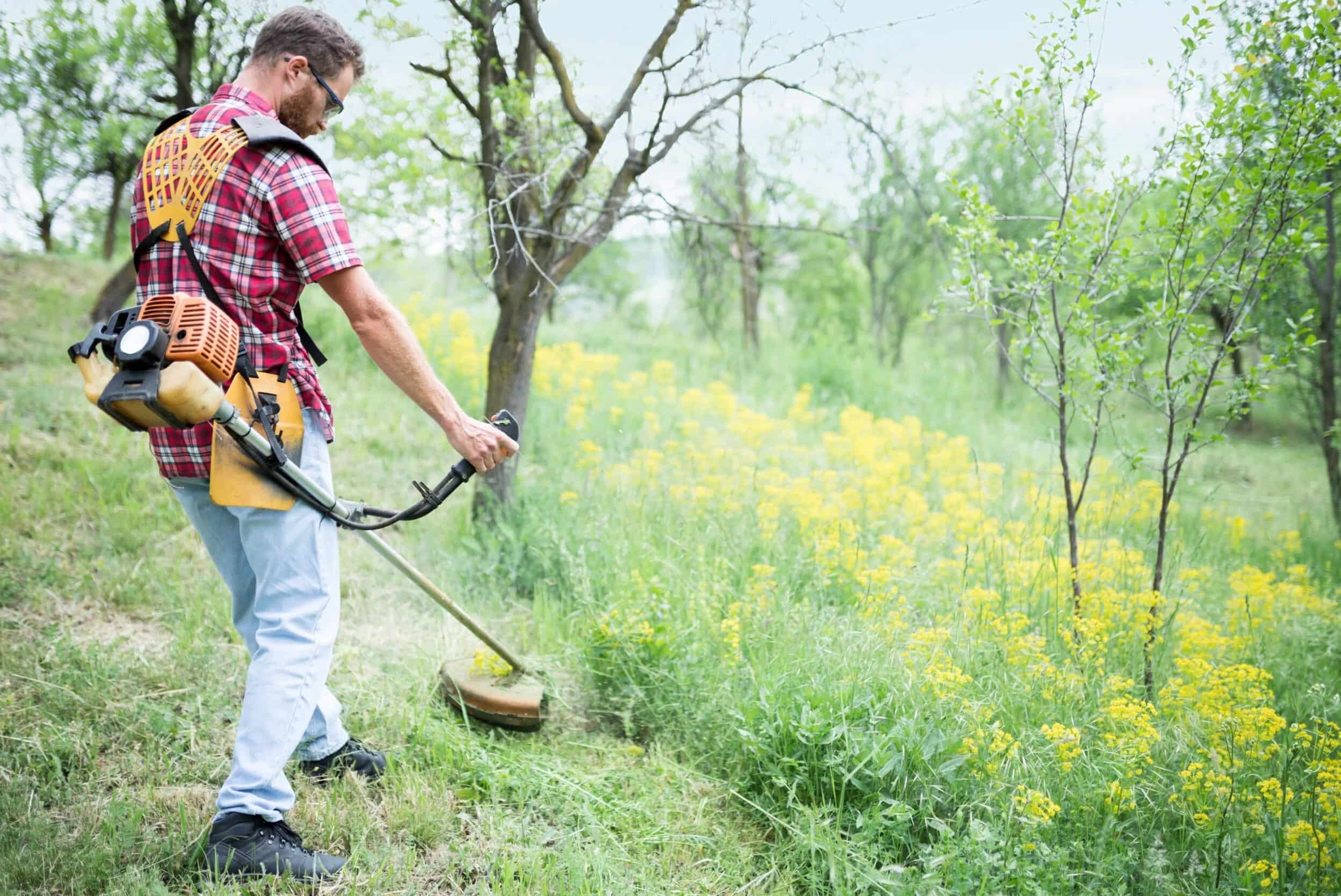

Landscaping Ideas
How To Get Grass Out Of Your Eye
Published: January 27, 2024
Learn effective landscaping ideas to prevent grass from getting into your eye. Discover practical tips for eye safety while working on your lawn.
(Many of the links in this article redirect to a specific reviewed product. Your purchase of these products through affiliate links helps to generate commission for Storables.com, at no extra cost. Learn more)
Introduction
Spending time in the great outdoors is a wonderful way to connect with nature and enjoy the beauty of the world around us. However, it’s not uncommon for nature to fight back, and one common annoyance is getting grass in your eye. Whether you’re mowing the lawn, playing sports, or simply taking a leisurely stroll, a stray blade of grass can find its way into your eye, causing discomfort and irritation. In this article, we’ll explore the steps to take when you find yourself in this predicament, ensuring that you can effectively and safely remove the grass from your eye.
Dealing with a foreign object in your eye can be a distressing experience, but with the right approach, you can alleviate the discomfort and prevent any potential complications. So, let’s delve into the essential steps to address this pesky problem and safeguard your ocular health.
Key Takeaways:
- Don’t panic if you get grass in your eye! Rinse it gently and seek help if needed. Prevent future incidents by wearing protective eyewear and maintaining outdoor spaces. Keep your eyes safe and enjoy the outdoors!
- If you get grass in your eye, stay calm and rinse it carefully. Seek medical help if you have persistent discomfort. Wear protective eyewear and practice good hand hygiene to prevent future incidents.
Read more: How To Get Glass Out Of Eye
Step 1: Assess the Situation
When you feel that telltale tickle in your eye and suspect that a piece of grass has invaded the delicate space, it’s crucial to remain calm and assess the situation. Avoid rubbing your eye, as this can exacerbate the irritation and potentially lodge the grass deeper. Instead, gently blink several times to see if the foreign object dislodges itself. If the discomfort persists, carefully inspect your eye in a well-lit area. You can use a clean mirror or ask someone for assistance.
It’s essential to determine whether the grass is simply resting on the surface of your eye or if it has embedded itself. If the grass is visible and not deeply embedded, there’s a chance that it may wash out on its own. However, if the grass appears to be lodged in the eye or if you experience persistent discomfort, it’s best to proceed with caution and seek proper care.
Remember, the eye is a sensitive organ, and any foreign object, regardless of size, can lead to complications if not handled with care. By calmly assessing the situation and understanding the extent of the issue, you can make informed decisions about the next steps to take in addressing the discomfort and safeguarding your ocular well-being.
Step 2: Rinse Your Eye
After assessing the situation and confirming that a piece of grass has found its way into your eye, the next crucial step is to rinse your eye. This simple yet effective method can help dislodge the grass and alleviate the discomfort caused by its presence.
To begin, thoroughly wash your hands with soap and water to ensure that they are clean and free from any potential irritants. Once your hands are clean, fill a clean cup or small container with lukewarm water. Alternatively, you can use a sterile saline solution, which is readily available at most pharmacies and convenient for eye irrigation.
With the cup of water or saline solution in hand, carefully position your head over a sink or basin. Tilt your affected eye downward and to the side, allowing the water to flow across the surface of the eye. Gently blink while the water or saline solution flushes out any debris, including the troublesome grass particle.
It’s important to avoid using excessive force or pressure when rinsing your eye, as this can cause further irritation. Instead, allow the gentle flow of water to naturally dislodge the grass. If you wear contact lenses, remove them before rinsing your eye, as they may trap the grass or impede the flushing process.
After rinsing your eye, carefully pat it dry with a clean, lint-free cloth. Avoid rubbing your eye, as this can reintroduce irritants or exacerbate any remaining discomfort. If the sensation persists or if you experience persistent redness, watering, or vision changes, it’s essential to seek professional medical attention to ensure that your eye receives the appropriate care.
Rinsing your eye is a fundamental step in addressing the presence of grass or any foreign object, providing immediate relief and minimizing the risk of complications. By following this simple yet effective procedure, you can take proactive measures to safeguard your ocular health and comfort.
If you get grass in your eye, don’t rub it. Use clean water to flush it out. If it’s still bothering you, seek medical help.
Step 3: Seek Medical Attention If Necessary
While many cases of grass in the eye can be resolved through careful assessment and rinsing, there are instances where professional medical attention is necessary to ensure the safety and well-being of your eye. If you find that the discomfort persists, or if you experience any concerning symptoms, it’s crucial to seek prompt care from an eye care professional.
Signs that may indicate the need for medical attention include persistent pain, redness, excessive tearing, sensitivity to light, or changes in vision. If you are unable to flush out the grass particle with gentle rinsing, or if you suspect that the grass has caused a corneal abrasion or other injury, it’s important to avoid further attempts at self-removal and instead seek professional evaluation.
When seeking medical attention for a foreign object in the eye, it’s advisable to contact an eye care specialist, such as an optometrist or ophthalmologist, for guidance. These professionals have the expertise and tools necessary to assess and address the situation effectively. Additionally, they can provide targeted treatment to alleviate discomfort and prevent potential complications.
If you are experiencing severe pain, sudden vision changes, or if the grass particle has caused significant trauma to your eye, it’s important to seek immediate care from an eye care professional or visit the nearest emergency department. Prompt evaluation and treatment are essential in these cases to protect the health and function of your eye.
Remember, the delicate nature of the eye makes it crucial to prioritize professional care when necessary, especially if you are uncertain about the extent of the injury or if symptoms persist despite initial attempts at self-removal. By seeking timely medical attention, you can ensure that your eye receives the appropriate care and attention, promoting optimal healing and comfort.
Step 4: Prevent Future Incidents
After addressing the discomfort caused by grass in your eye, it’s essential to take proactive measures to prevent similar incidents in the future. By incorporating simple strategies and precautions into your outdoor activities, you can minimize the risk of encountering this pesky problem and safeguard your ocular well-being.
One effective way to prevent future incidents is to wear protective eyewear when engaging in activities that may expose your eyes to potential irritants, such as mowing the lawn, gardening, or participating in sports. Safety glasses or goggles can provide a barrier against airborne debris, including grass clippings, dust, and other particles that could inadvertently find their way into your eyes.
Additionally, when working in outdoor environments where grass and other vegetation are present, consider wearing a wide-brimmed hat or visor to shield your eyes from falling debris. This simple accessory can offer an extra layer of protection, reducing the likelihood of foreign objects coming into contact with your eyes.
Regularly maintaining your outdoor spaces can also contribute to preventing incidents involving grass and other debris. Keeping lawns well-trimmed and removing any accumulated clippings can minimize the presence of loose grass that could potentially become airborne and pose a risk to your eyes.
Furthermore, practicing good hand hygiene and refraining from touching your eyes with dirty or unwashed hands can reduce the likelihood of introducing irritants, including grass particles, into your eyes. By incorporating these habits into your routine, you can promote ocular health and minimize the risk of discomfort caused by foreign objects.
Lastly, if you wear contact lenses, it’s important to follow proper hygiene and care practices to reduce the risk of debris becoming trapped or irritating your eyes. Always wash your hands before handling your contact lenses and adhere to your eye care professional’s recommendations for lens care and replacement.
By integrating these preventive measures into your daily routine and outdoor activities, you can significantly reduce the likelihood of experiencing discomfort and irritation due to grass or other foreign objects in your eyes. Taking proactive steps to protect your eyes can contribute to a more enjoyable and worry-free outdoor experience.
Read more: How To Get Eye Shadow Out Of A Carpet
Conclusion
Encountering grass in your eye can be a bothersome and uncomfortable experience, but with the right approach, you can effectively address the issue and safeguard your ocular health. By calmly assessing the situation, rinsing your eye, seeking medical attention if necessary, and taking preventive measures, you can navigate through this common inconvenience and minimize its impact on your well-being.
It’s important to remember that the eye is a delicate and vital organ, and any foreign object, no matter how small, should be handled with care and attention. By remaining calm and following the appropriate steps, you can alleviate discomfort and reduce the risk of potential complications.
Additionally, incorporating preventive measures, such as wearing protective eyewear, maintaining outdoor spaces, and practicing good hand hygiene, can contribute to minimizing the risk of future incidents involving grass or other irritants finding their way into your eyes.
Ultimately, prioritizing the health and safety of your eyes is essential, and being informed about the appropriate steps to take when faced with this common issue empowers you to address it effectively. By taking proactive measures and seeking professional care when necessary, you can maintain optimal ocular well-being and enjoy the beauty of the outdoors with confidence and comfort.
With a combination of attentiveness, preventive strategies, and timely care, you can navigate through the inconvenience of grass in your eye and continue to embrace the wonders of nature with clear, comfortable vision.
Frequently Asked Questions about How To Get Grass Out Of Your Eye
Was this page helpful?
At Storables.com, we guarantee accurate and reliable information. Our content, validated by Expert Board Contributors, is crafted following stringent Editorial Policies. We're committed to providing you with well-researched, expert-backed insights for all your informational needs.

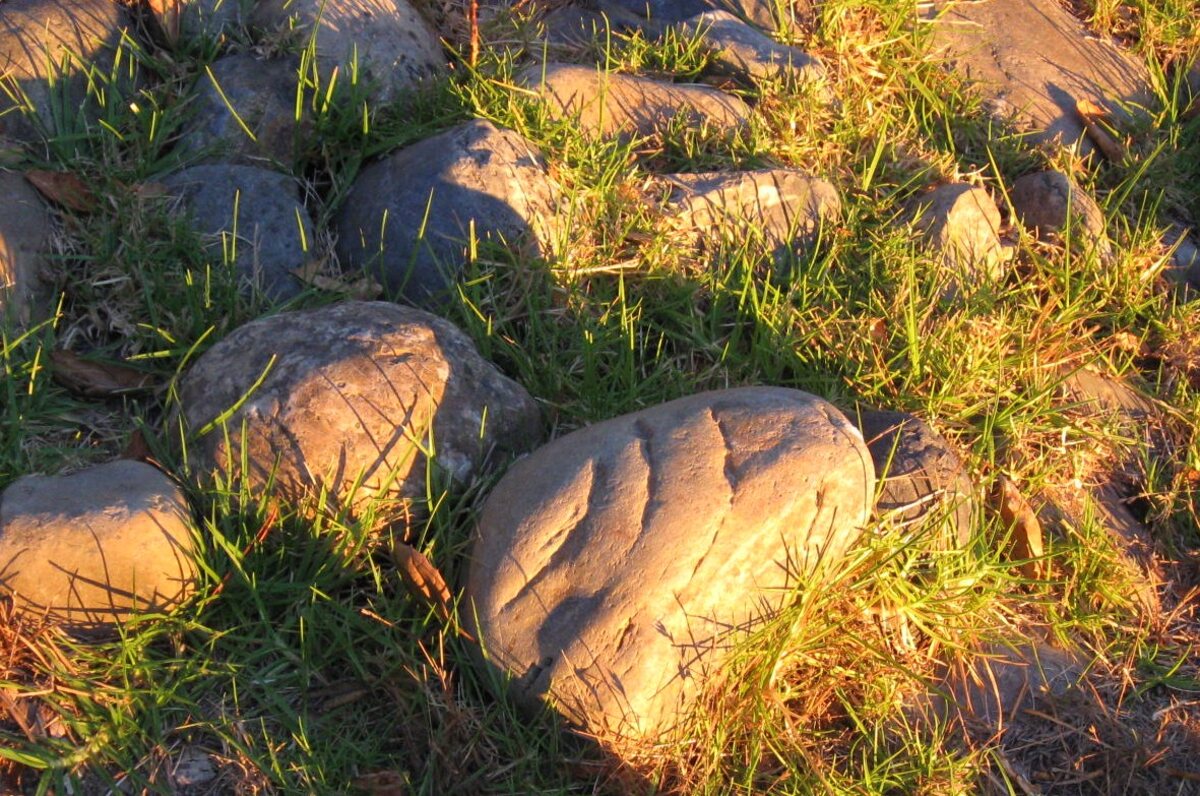
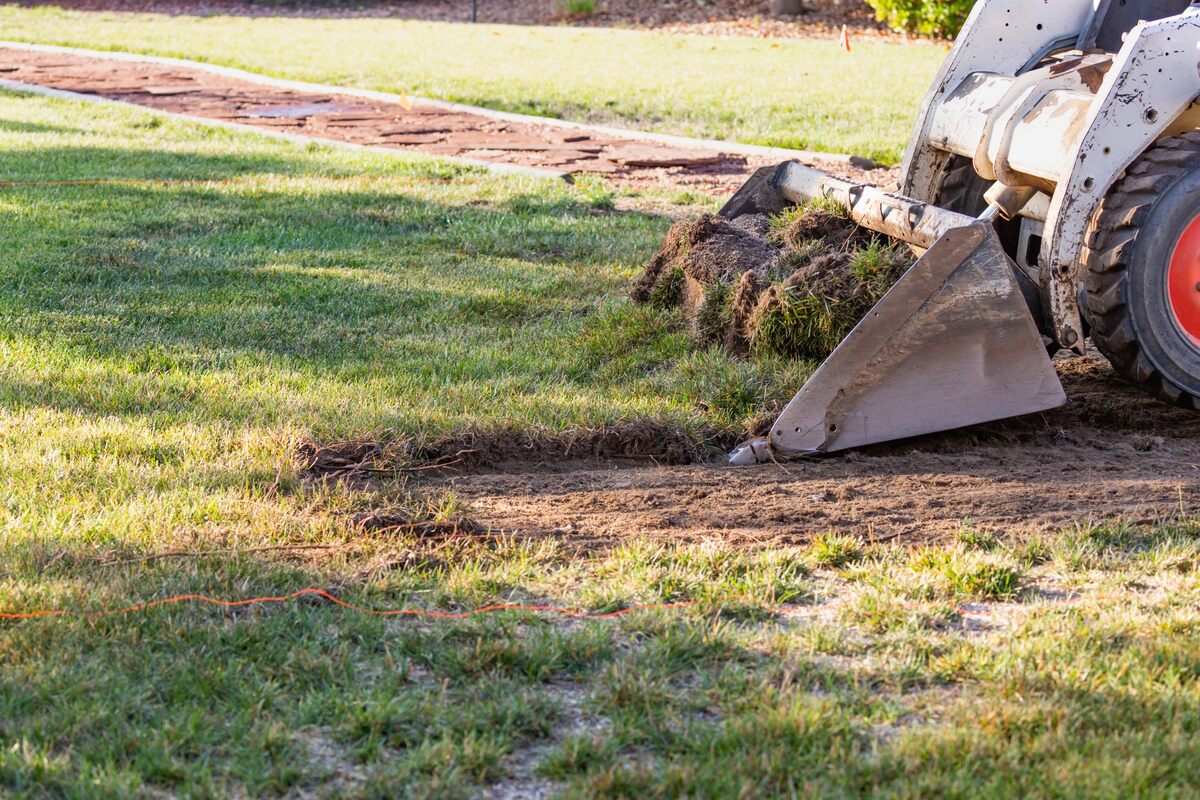
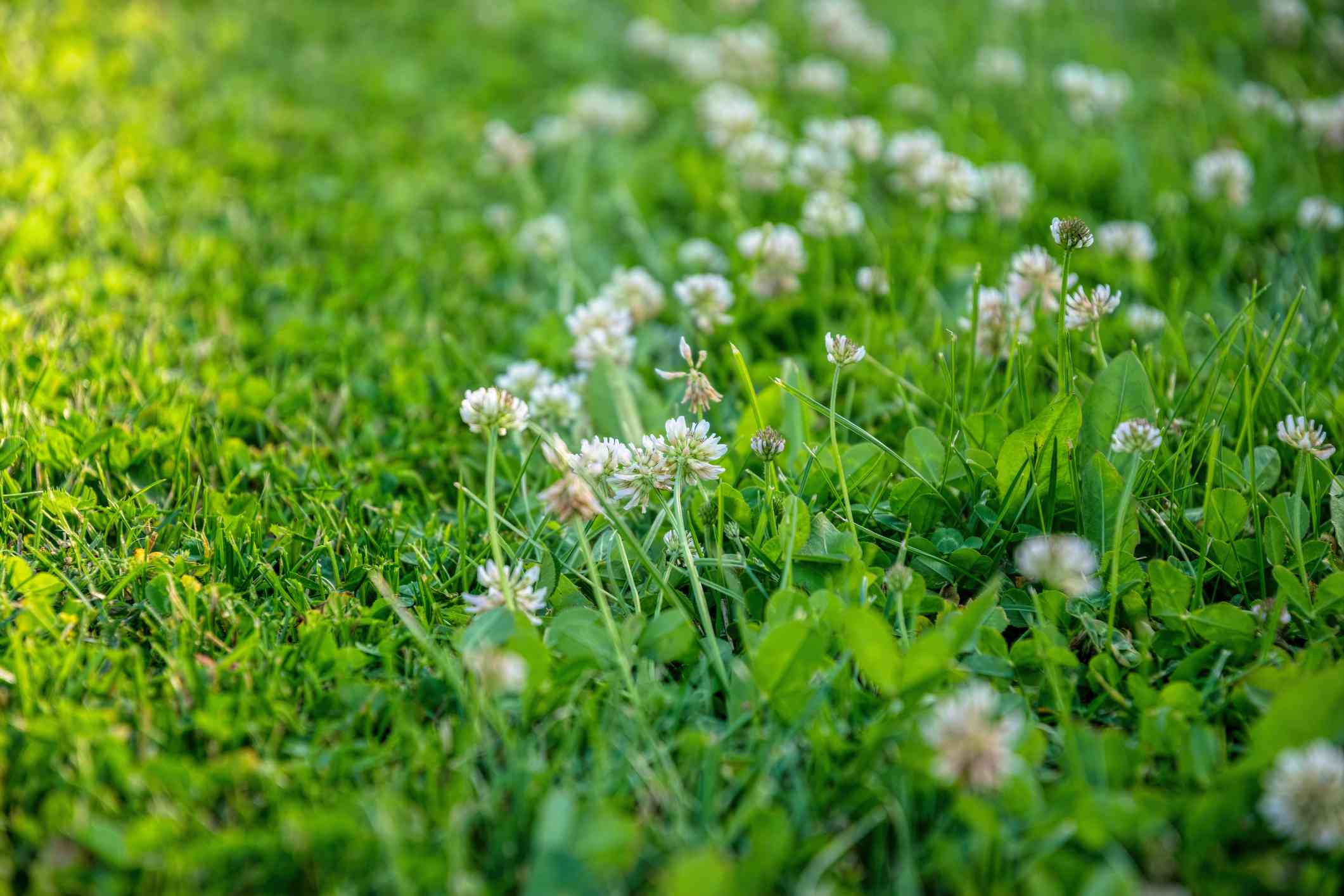

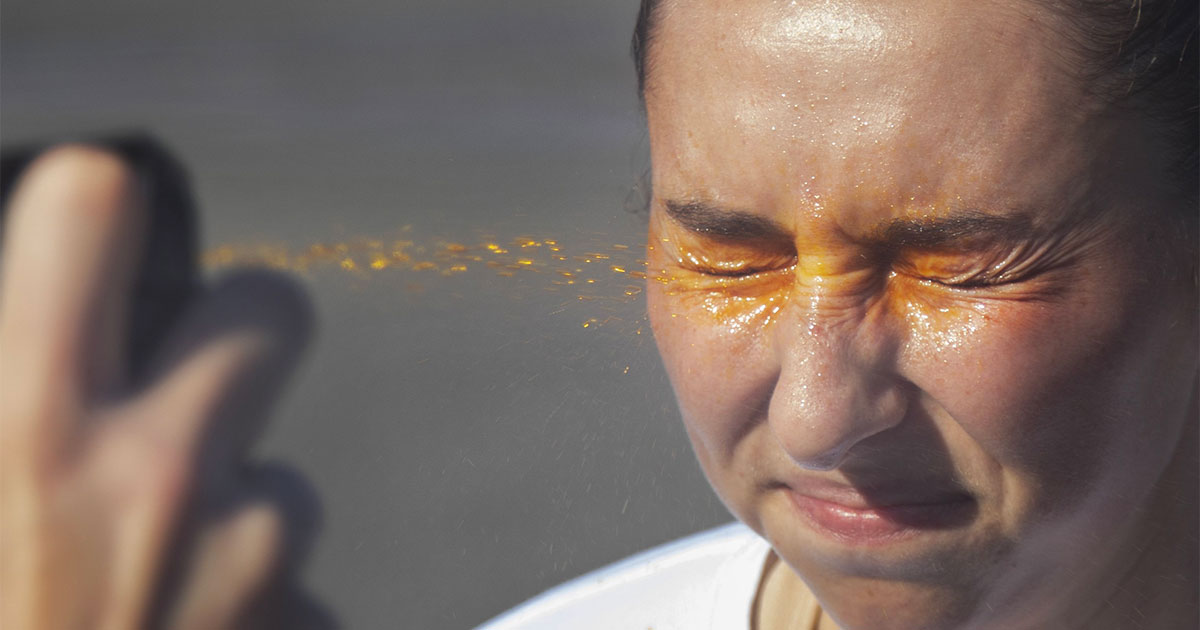

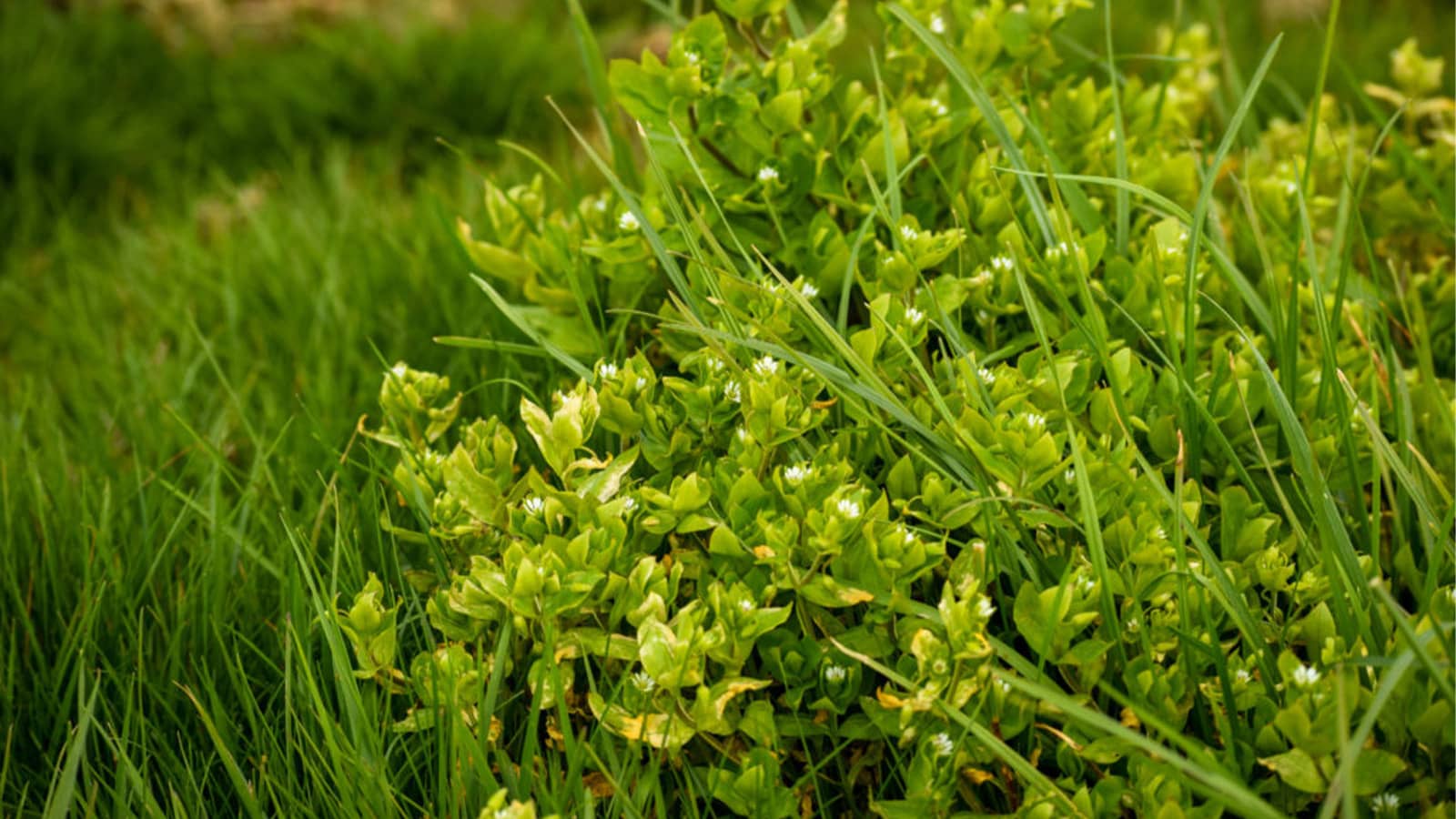
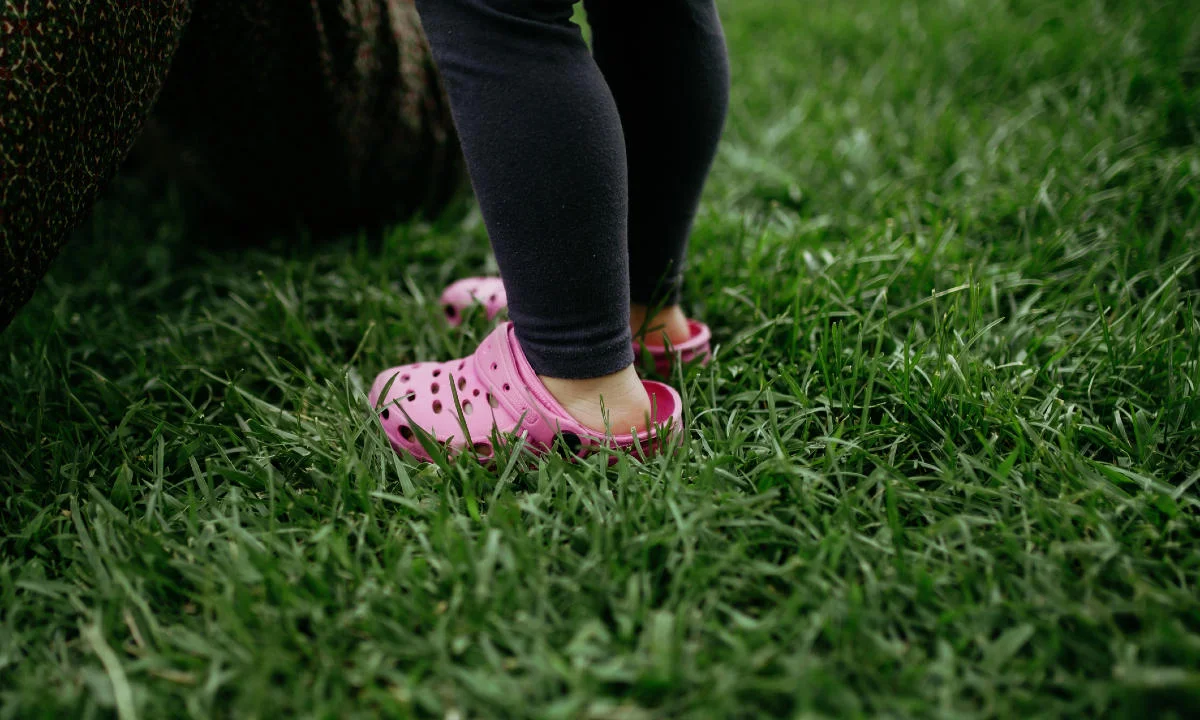
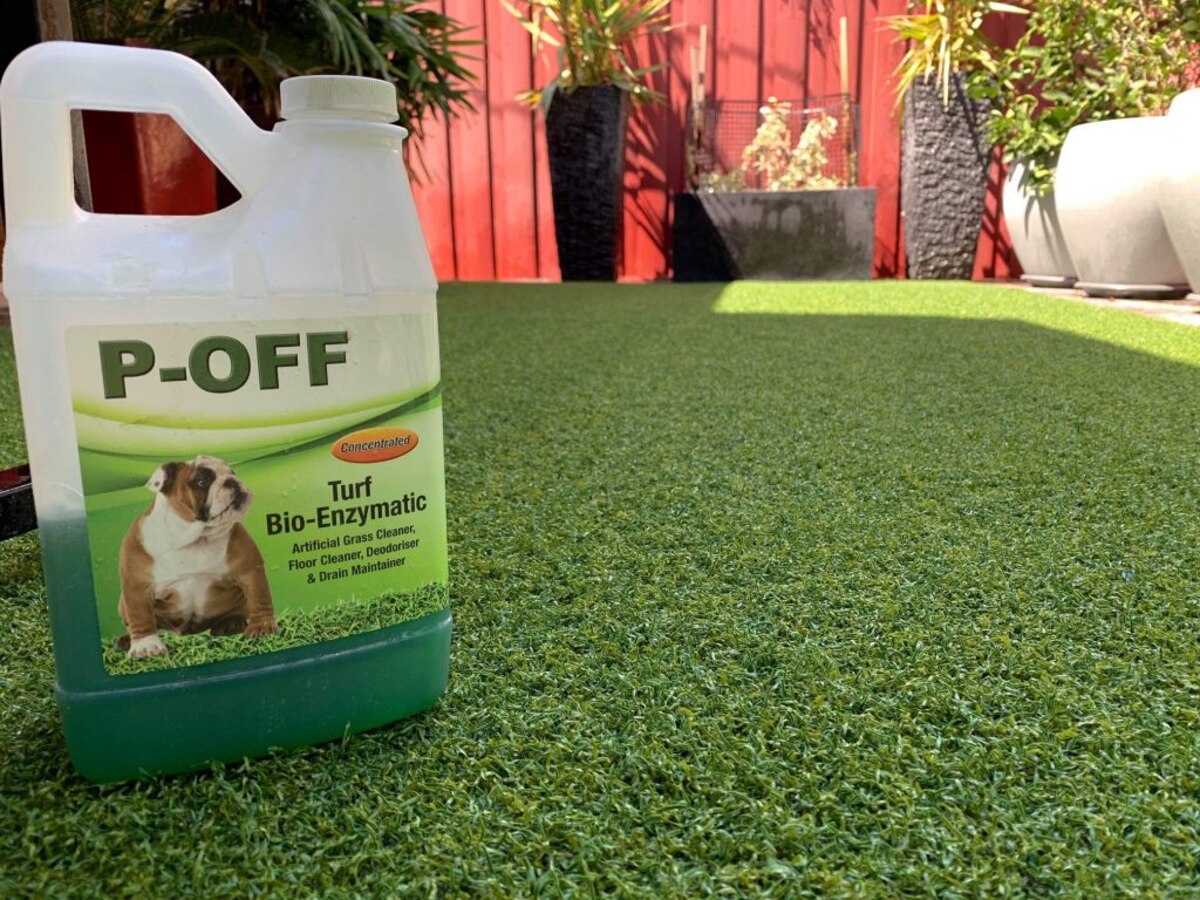
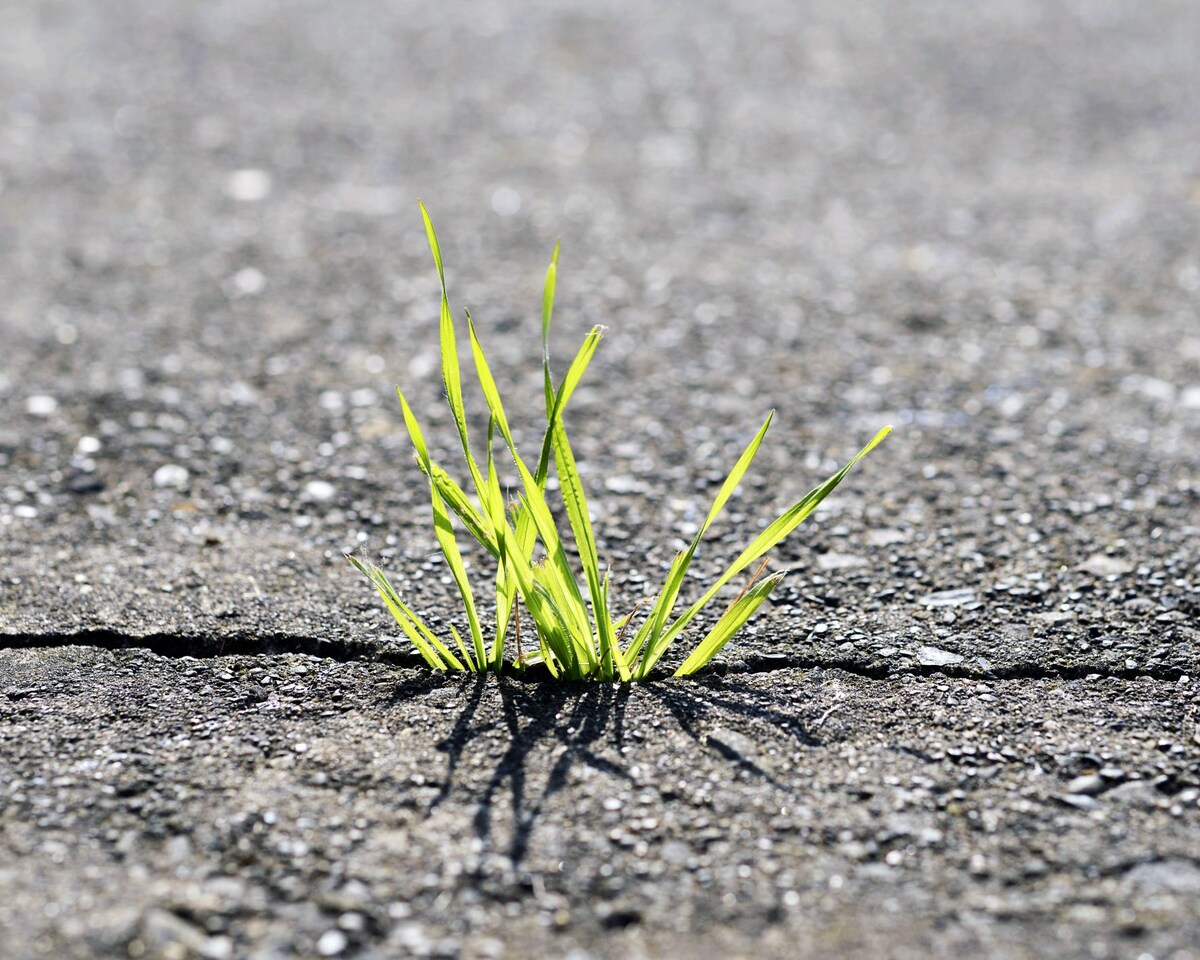
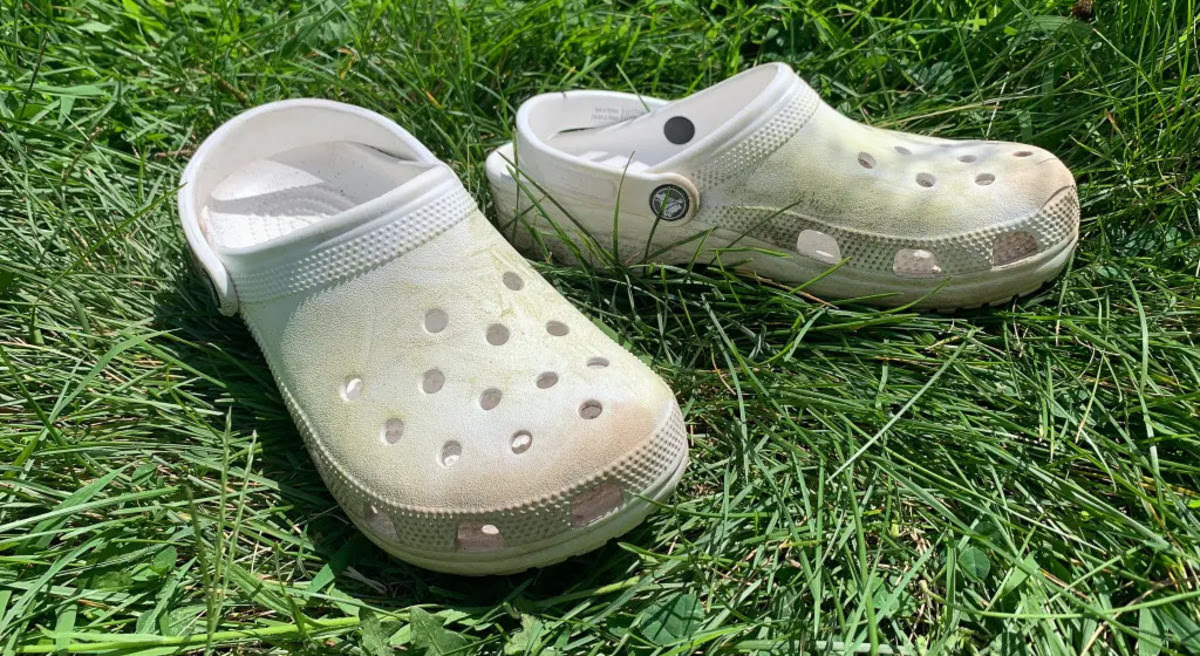



0 thoughts on “How To Get Grass Out Of Your Eye”